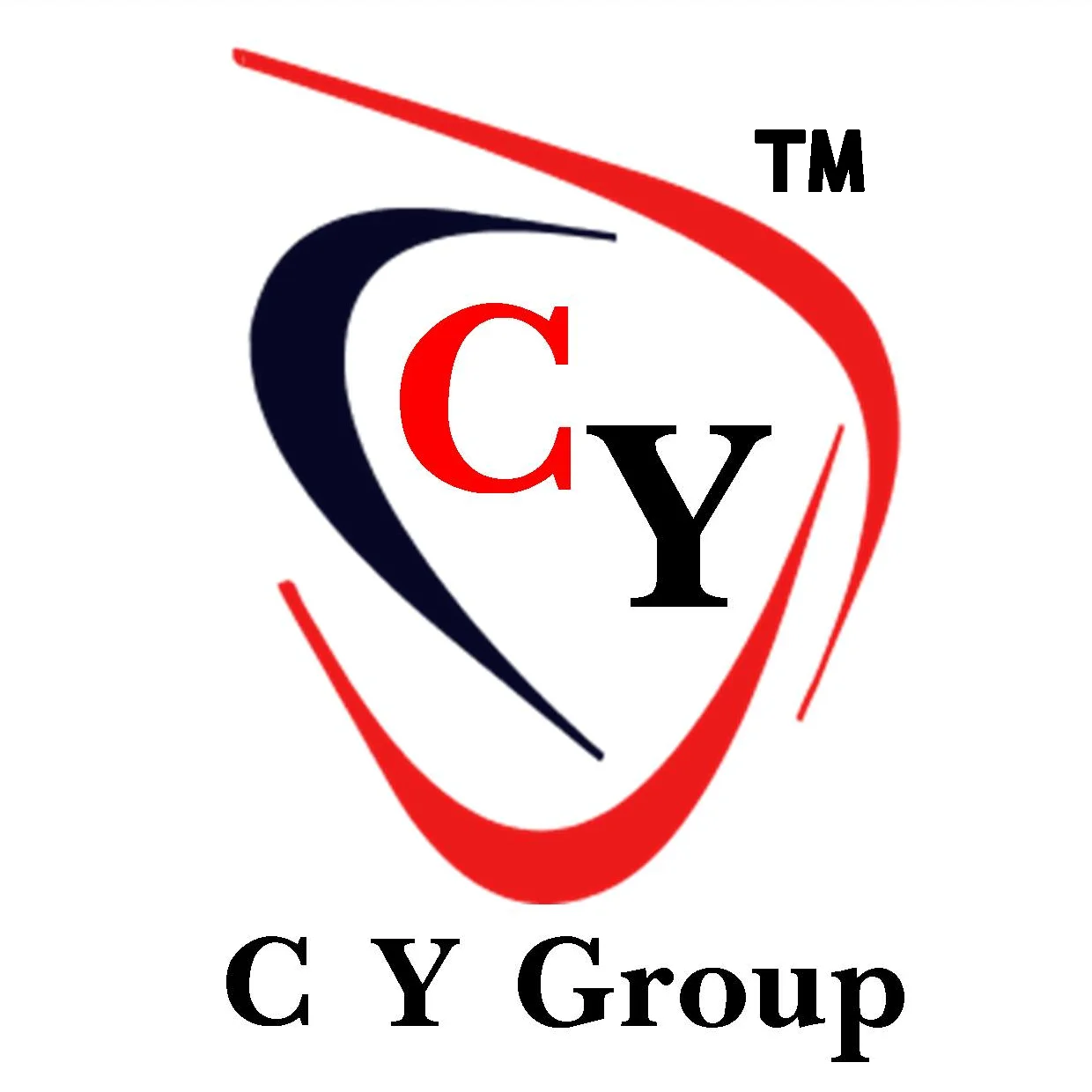Chapter 8 – Recalculate Stock Costing and Global Price Change
Chapter 8.1 – Recalculate Stock Costing
Recalculate Stock Costing is used to recalculate stock costing value if there are changes to the settings or entries, such as changes to prices.
1. To access Recalculate Stock Costing, go to Tools > Recalculate Stock Costing.


Question:
Why does the stock report show a balance in value for an item with zero quantity? How can I correct this?
Answer:
This is caused by the timing of back-order transactions, especially when sales documents are issued for items with negative stock balances and purchase documents are recorded later.
To correct the stock report, first backup your database, then go to Tools and run the Recalculate Stock Costing function.
If you frequently process back orders, it is advisable to recalculate the stock costing value before calculating the stock value for financial reporting.
A. SAMPLE 1
1. The stock card for item TRADING for invoice I-000008 shows a stock adjustment that was entered before purchase invoice PI-00008. AutoCount uses the standard cost of RM50, which is set in the item TRADING.

2. The image below shows the cost of Item TRADING before recalculating the stock costing value.

3. Select the item and run the recalculate stock costing function.


5. The image below shows the item TRADING’s stock card report after recalculating the stock costing value.

1. The stock card for item SPC002 does not have a standard cost set. It was entered before purchase invoice PI-000010, therefore, AutoCount uses the standard cost of RM0, which is set in the item SPC002.
2. Perform Recalculate Stock Costing function.

2. The image below shows the item SPC002’s stock card report after recalculating the stock costing value.


